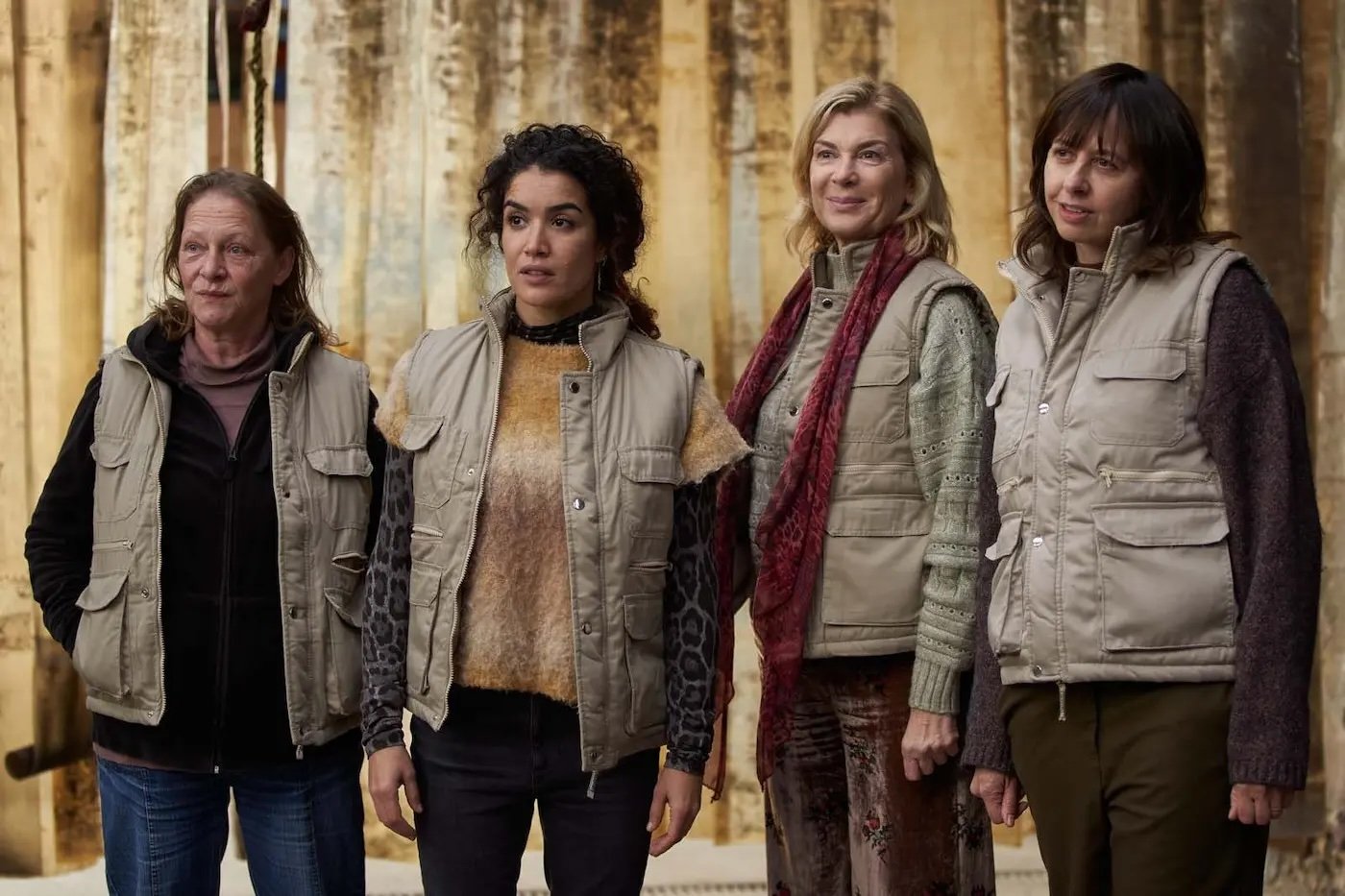Now live: Vancouver movie sites take a role in Impostor Cities, online from the Venice Biennale of Architecture
Canadian Pavilion’s huge multimedia installation explores locations that masquerade as other places, including SFU campus
SFU Burnaby’s campus features prominently in the screening room at Impostor Cities.
NOBODY’S GOING to be hopping on a plane to visit the Venice Biennale of Architecture anytime soon, but fortunately, the Canadian Pavilion is coming to you.
Today, the online rendition of Impostor Cities has gone live. It’s a multimedia hub for the exploration of Canadian sites that have masqueraded onscreen as other places in the world—with Vancouver taking a big role.
Commissioned by the Canada Council for the Arts and curated by McGill University’s David Theodore, the exhibit was realized by Montreal architecture and design practice T B A / Thomas Balaban Architect.
Online, visitors can view livestreams from the lobby and screening room, where four-channel video mixes movie footage from popular Canadian settings with interviews with Canadian architects, film directors, set designers, and other industry insiders. Think David Cronenberg, Atom Egoyan, Sook-Yin Lee, Guy Maddin, and more, playfully reflecting on Canada’s cultural self-representation and the buildings that attract camera crews. As Impostor Cities’ tagline says, “It’s about architectural identity—and it’s about faking it.”
Video editor John Gurdebeke has culled clips from over 3,000 films and television shows shot in Canada. Amid them, an entire montage is devoted to the various onscreen incarnations of Geoffrey Massey and Arthur Erickson’s monumental SFU Burnaby campus, from CIA training headquarters to sci-fi set for Battlestar Galactica.
Elsewhere, a text reel documents the uncountable ways the PNE Hastings Park site has been used on film.
Amid the video interviews, Vancouver novelist and artist Douglas Coupland riffs on the West Coast architectural visionaries of the 1960s and ‘70s, and the fact it’s no wonder their epic structures draw the attention of filmmakers. “The measure of success of a piece of architecture is how badly movies want to make it look like the States,” he quips.
The multimedia site is viewable to November 21. Meanwhile, in Venice’s Giardini, where the biennale traditionally takes place, the Canada Pavilion is being wrapped in green-screen material, in collaboration with an interaction design team lead by Jane Kate Wong as well as new media artist Allison Moore. Using QR codes, in-person visitors will be able too turn the pavilion into iconic Canadian buildings on their smartphones.













